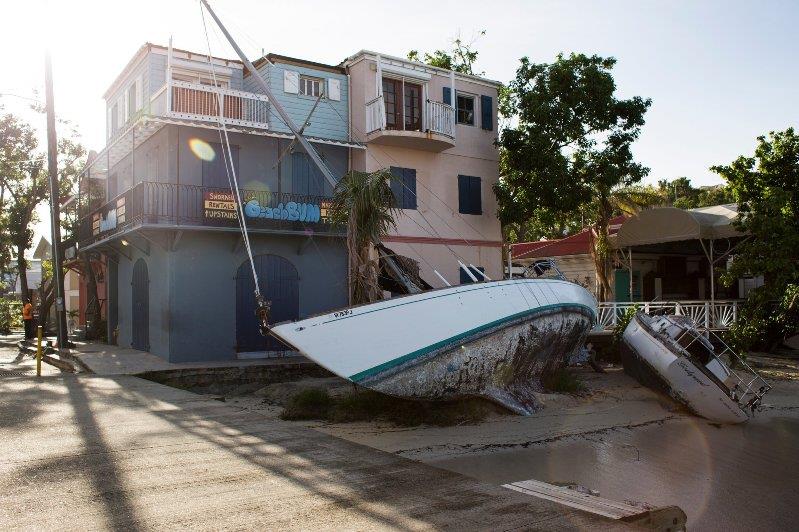
Recovering what was lost in the U.S. Virgin Islands, one boat at a time
by Richard Perez-Pena 22 Dec 2017 17:27 UTC

Boats were still grounded on St. John this month, though the hurricanes hit in September © Erika P. Rodriguez for The New York Times
The wrecks lie half-sunk in marinas, fully submerged in coves, tangled in mangrove roots, tossed akilter against trees, or piled atop one another, a jumble of punctured hulls, snapped masts and bent propellers.
The hurricanes that raged through the United States Virgin Islands in September damaged or destroyed not only thousands of buildings, but also hundreds of boats, from tiny sailboats to 50-foot luxury yachts.
In a territory that is heavily dependent on tourism, where no spot is more than three miles from the sea, boats are as integral to the economy as the islands’ beaches and their now-battered hotels. Boats are the livelihoods and even the homes of many locals, and for the mainlanders who leave their vessels there year-round, they are a big reason to spend time and money on the islands.
“Even if our boat had made it, we would really be struggling, because the customers aren’t here,” said Justin Cofield, 34, an owner of St. John Yacht Charters, whose 46-foot sailing sloop, Survivan, was destroyed.
He and his partner, Ashley Coerdt, had insurance on the boat, and they want to use the money to buy another one, “but it would not be a good business move right now,” Mr. Cofield said. “The timing depends on how fast St. John bounces back, how fast the tourists come back, and nobody knows the answers yet.”
Three months after the Category 5 Hurricanes Irma and Maria ravaged the islands, about half of the customers remain without electricity, and about one-quarter of the territory still lacks cellphone service. Thousands of homes and other buildings were damaged or destroyed; the total number is unknown, but the Army Corps of Engineers has installed 3,600 temporary blue plastic roofs, and 11,000 families have applied for disaster assistance.
Read full article here